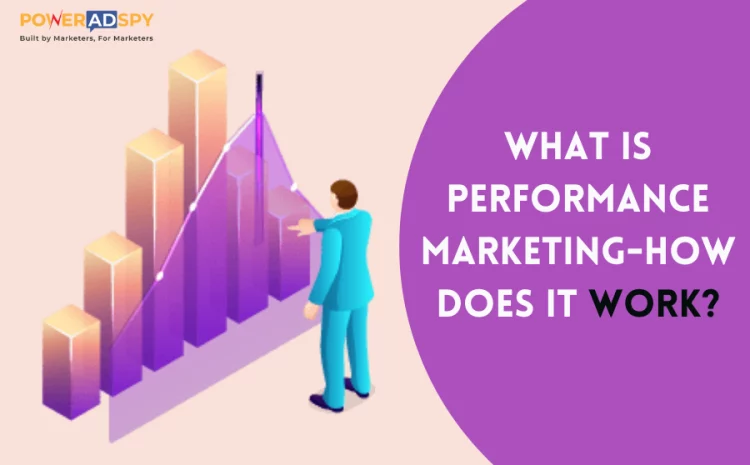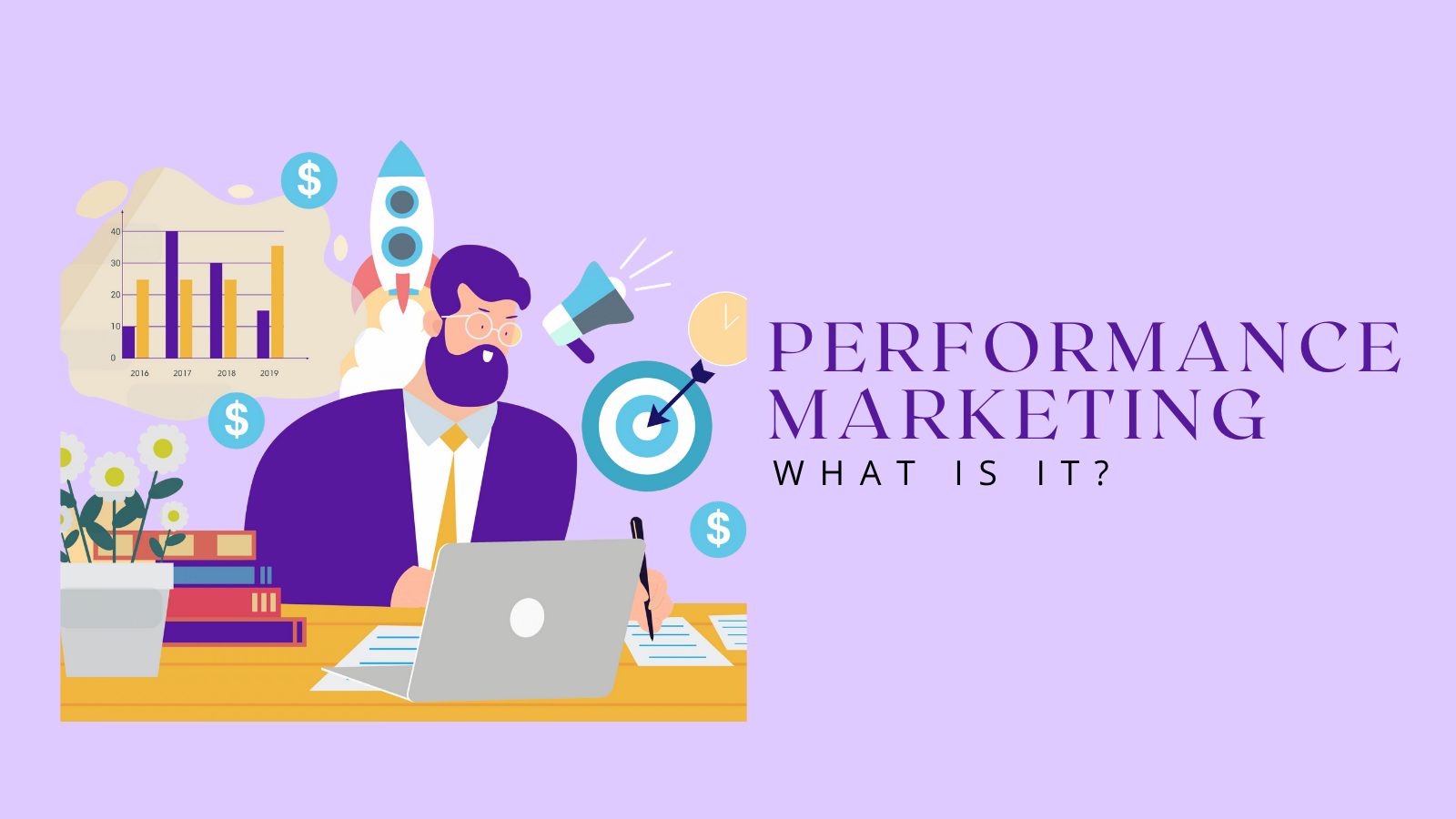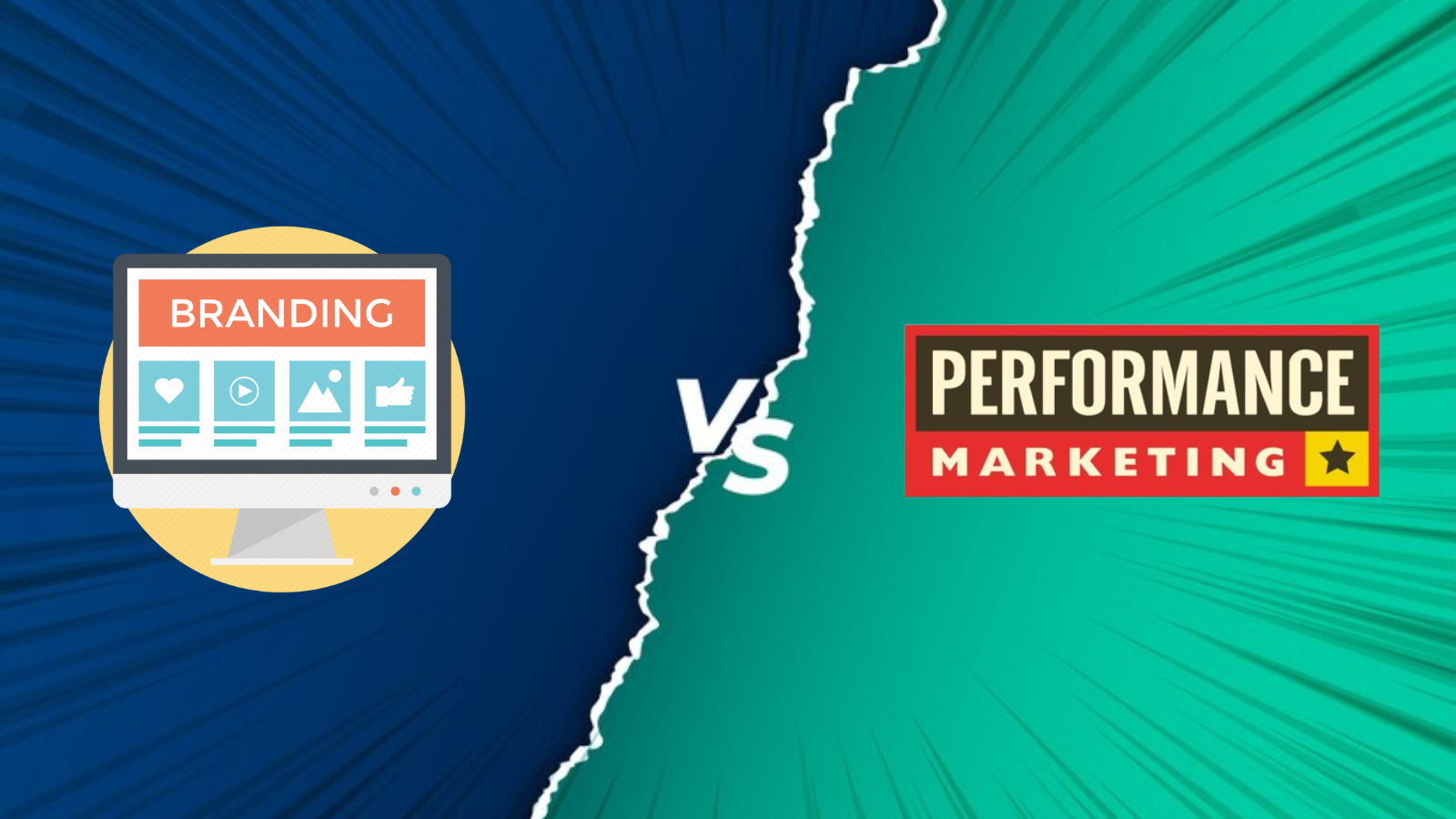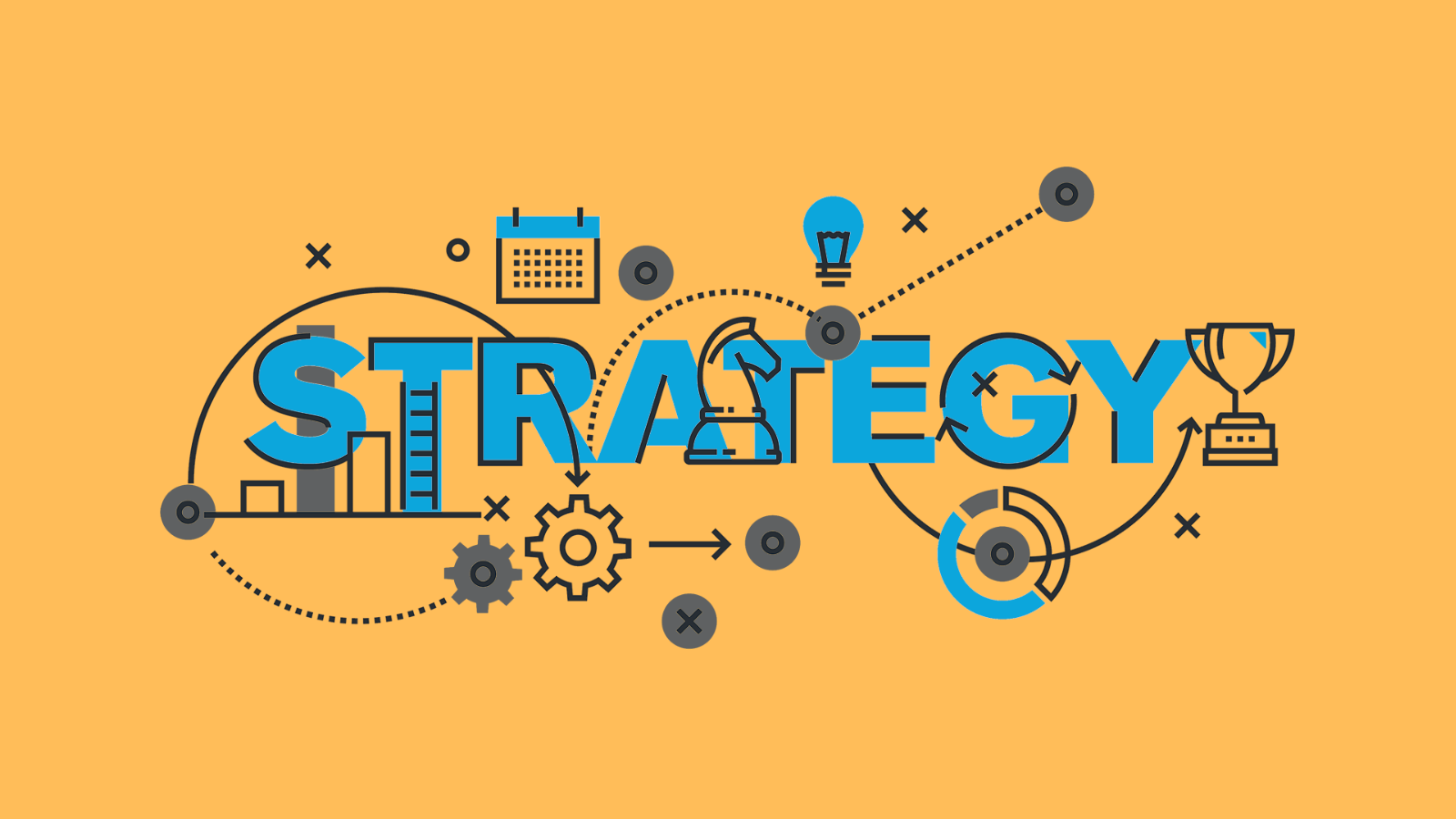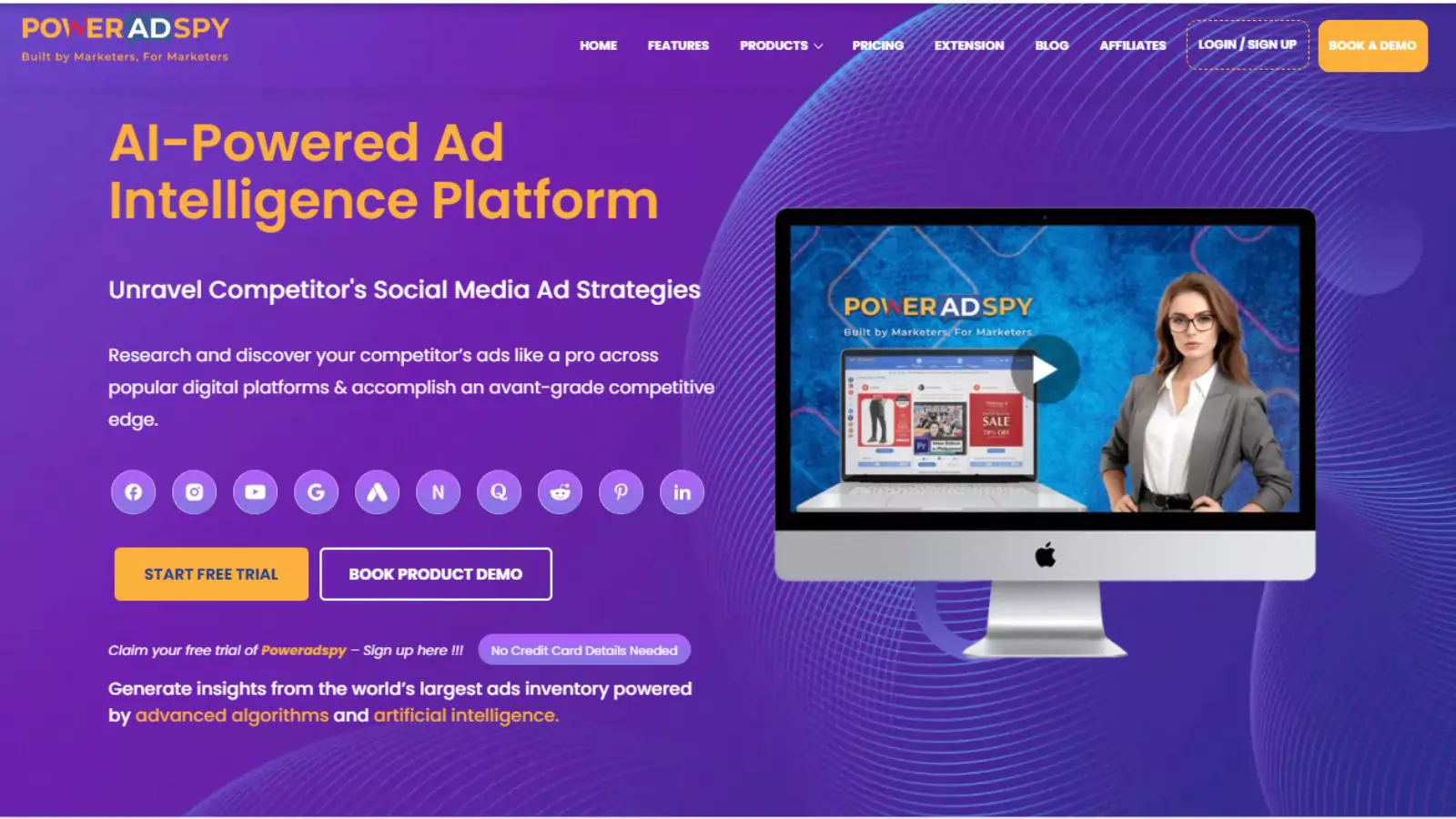What Is Performance Marketing- Why And How To Start Today?
Have you come across marketing challenges like not reaching your target audiences effectively? It generally occurs as traditional advertising methods sometimes fall short, leaving marketers searching for innovative solutions to stand out of the crowd and drive results. It is where performance marketing steps in as a light of hope, offering a strategic approach that focuses on measurable outcomes and tangible returns on investment.
Don’t stress over missing your mark in digital advertising. In this blog, we’ll explore how this type of marketing can solve the challenges marketers face today.
Let’s take a closer look at how this approach can help businesses confidently navigate the digital world, optimizing marketing budgets, refining audience targeting, and boosting engagement to achieve precise marketing objectives.
Hit ‘Play’ Button & Tune Into The Blog!
Performance Marketing: What Is It?
This type of marketing is a results-oriented strategy for advertising in which firms only pay for specific actions that are directly related to their goals. These actions can include clicks, conversions, leads, or sales. Unlike usual advertising, where advertisers pay for impressions or placement of advertisements regardless of the outcome, performance marketing focuses on measurable results and ROI (return on investment).
It reaches potential customers using a variety of digital channels, including search engines, social media platforms, display advertising, email marketing, and affiliate networks. Advertisers set specific goals and key performance indicators (KPIs) for their campaigns and use monitoring tools and analytics to monitor and optimize their efficiency in the present moment.
As a result of paying only for desired actions, this strategy enables organizations to allocate their advertising funds more effectively.
Performance marketing also provides greater transparency and accountability, as advertisers can see how their campaigns perform and make data-driven decisions to improve their outcomes.
Types of Performance Marketing: –
Here are some common types of it:
- Search Engine Marketing (SEM): SEM involves placing ads on search engine results pages (SERPs) through paid search advertising. Advertisers bid on keywords relevant to their products or services and pay when users click on their ads. It includes both pay-per-click (PPC) ads and shopping ads.
- Affiliate Marketing: Affiliate marketing involves partnering with affiliates who promote products or services on behalf of a business. Affiliates earn a commission for every sale or lead generated through their promotional efforts. It’s a performance-based model where advertisers only pay for actual conversions.
- Social Media Advertising: Social media platforms offer potential advertising options where businesses can target specific demographics, interests, and behaviors. Advertisers typically pay for clicks, impressions, or actions such as engagements, video views, or conversions.
- Display Advertising: Display advertising involves placing banner ads, rich media ads, or interactive ads on third-party websites or ad networks. Advertisers can pay based on impressions (CPM) or clicks (CPC) to drive traffic or conversions.
- Email Marketing: Email marketing is a performance-based strategy where businesses send promotional emails to subscribers or targeted email lists. Advertisers can track metrics such as open rates, click-through rates, and conversions to measure the effectiveness of their campaigns.
- Content Marketing: Content marketing focuses on creating and distributing valuable, relevant content to attract and engage a target audience. Performance metrics may include website traffic, time on the page, social shares, and lead generation.
- Influencer Marketing: Influencer marketing involves collaborating with influencers or content creators to promote products or services to their audience. Advertisers typically pay influencers based on performance metrics such as clicks, conversions, or engagement rates.
Many campaigns may incorporate a combination of these strategies to achieve optimal results.
Branding VS Performance Marketing:
Branding and performance marketing serve different purposes; they are not mutually exclusive. They can complement each other effectively within an integrated marketing strategy. A strong brand can enhance the effectiveness of performance marketing by increasing trust and credibility. While it can help drive immediate results and support brand growth. The primary differences between the two are as follows:
Objectives:
Branding: The primary objective of branding is to build and strengthen brand awareness, perception, and loyalty over the long term. It focuses on shaping how customers perceive the brand and establishing an emotional connection with the audience.
Performance Marketing: It focuses on driving specific, measurable actions that directly contribute to business objectives, such as sales, leads, or conversions. It aims for immediate results and tangible outcomes.
Time Horizon:
Branding: Branding efforts typically operate on a long-term horizon, as building brand equity and recognition takes time. It involves sustained investments in building brand awareness and loyalty over months or even years.
Performance Marketing: It is more immediate and results-oriented, focusing on driving actions and conversions in the short term. Campaigns are optimized in real time to deliver measurable results.
Focus:
Branding: Branding focuses on creating a unique brand identity, crafting compelling brand messaging, and delivering consistent brand experiences across all touchpoints. It aims to shape how customers perceive and interact with the brand.
Performance Marketing: It focuses on specific, measurable actions that directly contribute to business objectives, such as sales, leads, or conversions. It involves targeting particular audience segments and utilizing data-driven tactics to optimize campaigns for maximum efficiency and ROI.
Tactics:
Branding: Its tactics may include advertising campaigns aimed at shaping brand perception, sponsorships, public relations efforts, and content marketing aimed at building brand preference.
Performance Marketing: Its tactics include search engine marketing (SEM), affiliate marketing, social media advertising, email marketing, and other direct-response advertising methods focused on driving immediate actions and conversions.
Metrics:
Branding: Branding success often relies on measuring qualitative indicators such as brand recognition, brand sentiment, brand loyalty, and brand equity.
Performance Marketing: Its success relies on quantifying metrics such as click-through rates, conversion rates, cost per acquisition (CPA), return on ad spend (ROAS), and other key performance indicators (KPIs) directly linked to campaign objectives.
While branding focuses on building brand equity and awareness over the long term, performance marketing is more immediate and results-oriented, driving specific actions and measurable outcomes. Both approaches play vital roles in a comprehensive marketing strategy, with the potential for collaboration to achieve overall business objectives.
Also Read:
Discover The Best Niches For Affiliate Marketing For 2024
What Is Brand Vs. Performance Marketing: A Complete Comparison
Performance Marketing Strategy:
This marketing strategy is all about reaching clear goals that you can measure,
Here’s a simple plan to make it happen:
Influencer Marketing:
Introducing influencer marketing into your strategy offers an effective approach to reaching and engaging with your target audience. You can begin by identifying influencers whose values, interests, and demographics align closely with your brand.
Establish authentic partnerships with these influencers, fostering genuine connections and offering exclusive deals or incentives. Collaborate with influencers to create compelling and original content that resonates with their audience while naturally showcasing your brand.
Implement tracking mechanisms to measure the performance of your campaigns accurately, focusing on metrics such as engagement rates, click-through rates, and conversions.
Remarketing/Retargeting:
Remarketing or retargeting is an essential aspect of performance marketing strategies. Target individuals who’ve engaged with your brand, website, or content but haven’t completed a desired action, such as purchasing something or filling out a form.
Through techniques like displaying targeted ads to these individuals across various online platforms, including social media, websites, and search engines, remarketing aims to re-engage them and encourage them to convert. This approach leverages data on users’ past behaviors and interests to deliver personalized messages and offers, thereby increasing the likelihood of conversion and maximizing marketing ROI.
Stories:
Stories play a crucial role by offering a compelling way to engage audiences, build trust, and drive conversions. Customer success stories, for instance, provide real-life examples of how a product or service has positively impacted individuals. Influencers can share personal anecdotes about their experiences with a product, lending credibility and encouraging their followers to take action.
User-generated content stories are powerful testimonials, highlighting customers’ genuine enthusiasm and satisfaction. By leveraging storytelling across various interaction points, brands can create memorable experiences that resonate with their target audience and drive measurable results in marketing campaigns.
Evaluate and refine continuously:
Once your campaign is live, it’s crucial to monitor critical metrics closely. If you notice any underperformance in your ads, it’s an opportunity to reassess your messaging. A/B testing is highly recommended for achieving optimal results. By creating variations of your ads and testing them against each other, you can refine your messaging and better target your audience.
Even if you didn’t conduct A/B testing before launching your campaign, analyzing metrics allows you to make necessary changes to your landing pages or ads if they’re not achieving the desired outcomes.
Scale Successful Campaigns:
Once you’ve identified successful campaigns, scale them up to reach a larger audience and maximize results. Continuously refine and optimize your approach to maintain performance and drive sustainable growth.
Following these steps and consistently updating your approach based on performance data will allow you to create an effective marketing strategy.
You can also use ad-spy tools like PowerAdSpy to optimize your advertising strategy.
Utilize PowerAdSpy For Performance Marketing:
PowerAdSpy is an ad intelligence software that assists performance marketers in optimizing their advertising strategies on social media platforms like Facebook, Twitter, Instagram, etc.
The following is how PowerAdSpy helps in this type of marketing:
Competitor examination:
PowerAdSpy allows marketers to spy on their competitors’ ad campaigns across various social media platforms like Facebook, Instagram, and Twitter. Marketers can find successful strategies, messaging, and targeting tactics by analyzing competitors’ commercials.
Ad Performance Tracking:
With PowerAdSpy, marketers can track the ad performance of their ads in real-time, monitoring metrics like engagement, click-through rates, and conversions. It allows them to identify top-performing ads and allocate budgets to the most effective campaigns, maximizing ROI.
Creative Inspiration:
By analyzing successful ad designs and messaging styles, marketers can create compelling creatives that connect with their target audience, driving higher engagement and conversions.
Audience Insights:
By analyzing the audience targeting strategies of competitors, marketers can gain valuable insights into their target audience’s demographics, interests, and behaviors. This data aids in audience targeting, ensuring ads are presented to the most appropriate audience segments and enhancing campaign performance.
Ad optimization:
PowerAdSpy enables marketers to conduct A/B testing and optimize their ad campaigns based on real-time performance data. Marketers can continually improve campaign performance by testing multiple ad types, targeting options, and messaging.
Market research:
PowerAdSpy is an AI-powered ad intelligence tool that allows marketers to track industry trends and identify emerging opportunities by monitoring ad campaigns in their niche. It simplifies AI market research, enabling advertisers to uncover valuable insights faster and more efficiently. This helps in the development of proactive marketing strategies and the early adoption of new trends.
By leveraging PowerAdSpy effectively, you can gain deep insights into your competitors’ advertising strategies and optimize your performance marketing campaigns for greater success.
Conclusion: –
Performance marketing offers a strategic solution to the challenges faced by modern marketers in reaching and engaging their target audiences effectively in digital marketing. Focusing on measurable outcomes and tangible returns on investment (ROI) enables businesses to optimize their advertising budgets, enhance audience targeting and engagement, and drive results.
By integrating PowerAdSpy into their marketing strategies, businesses can enhance their advertising efforts, drive better results, and stay ahead of the competition in the ever-evolving digital landscape.
As we look towards the future of marketing, it’s clear that performance marketing will continue to play a central role in driving business growth and success. By embracing its principles and using the latest technologies, businesses can unlock new avenues for growth.

